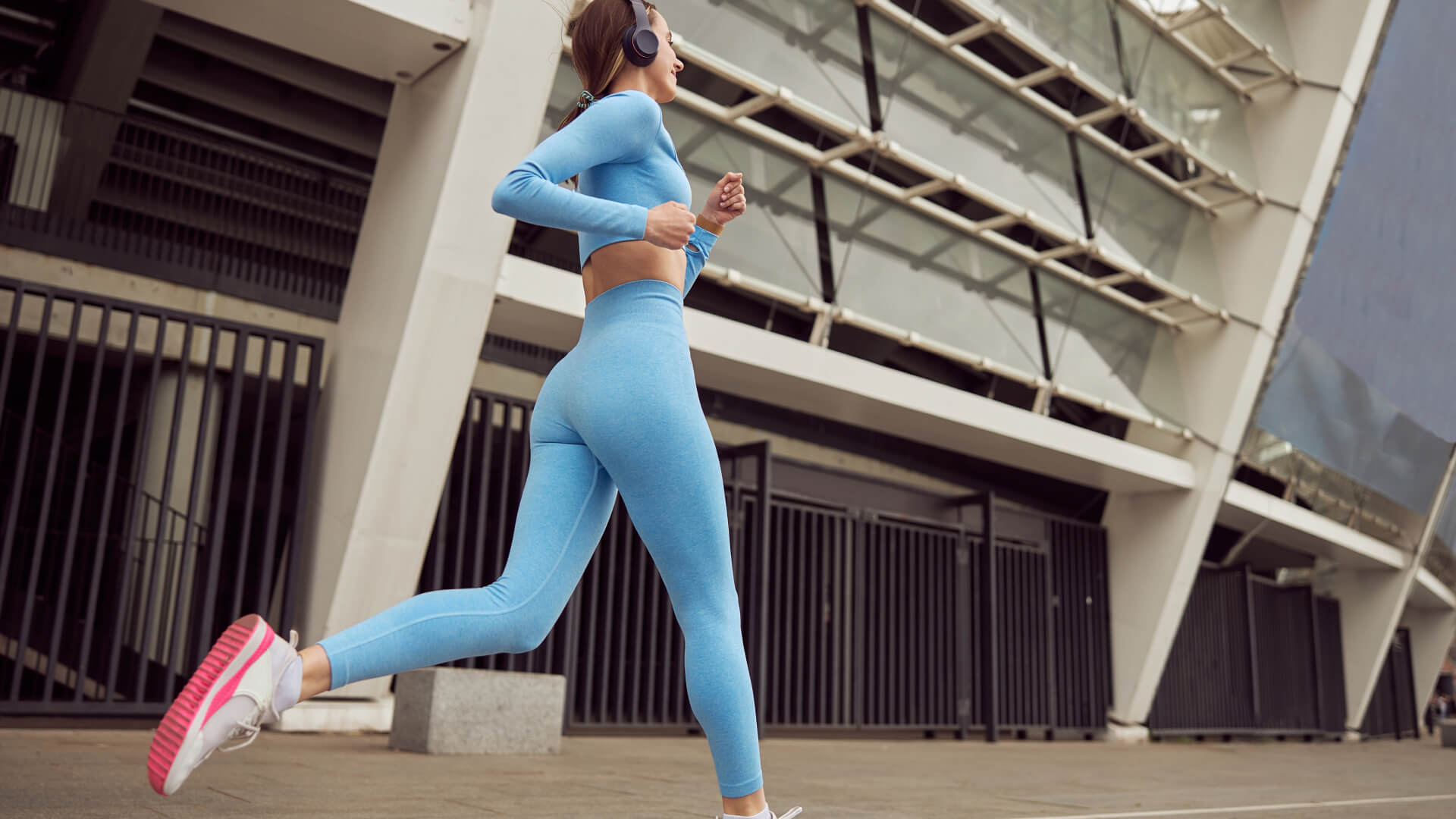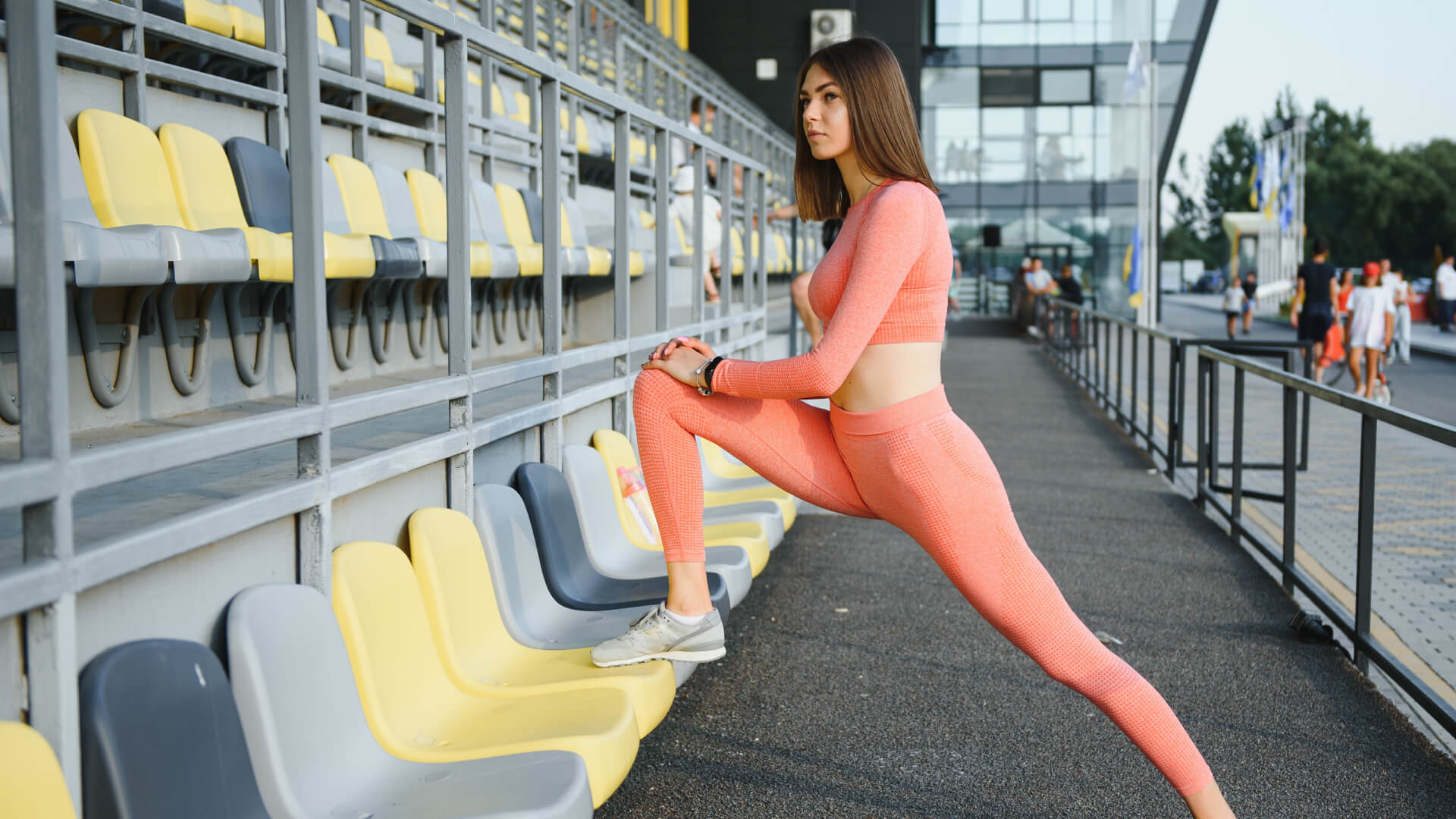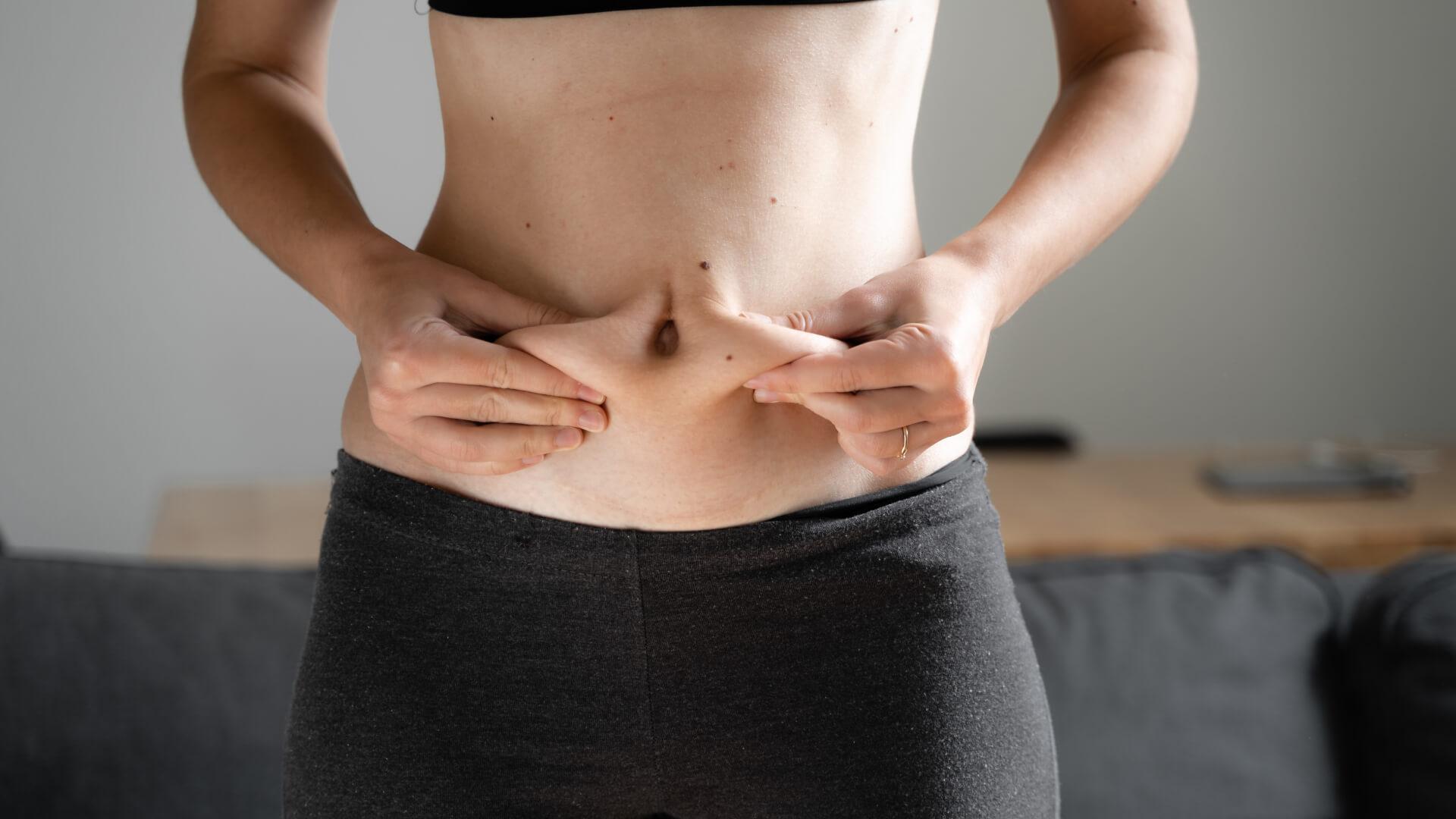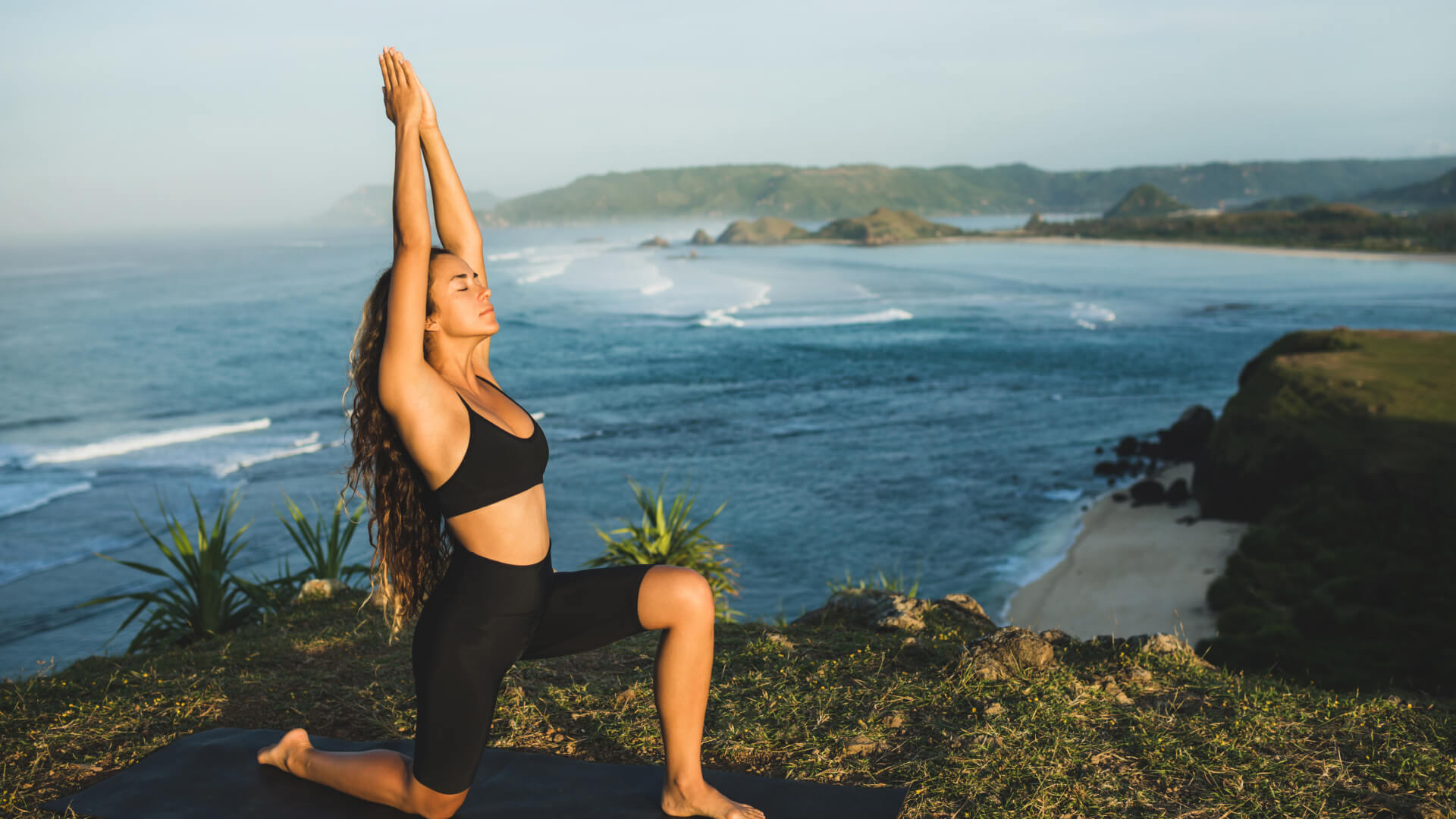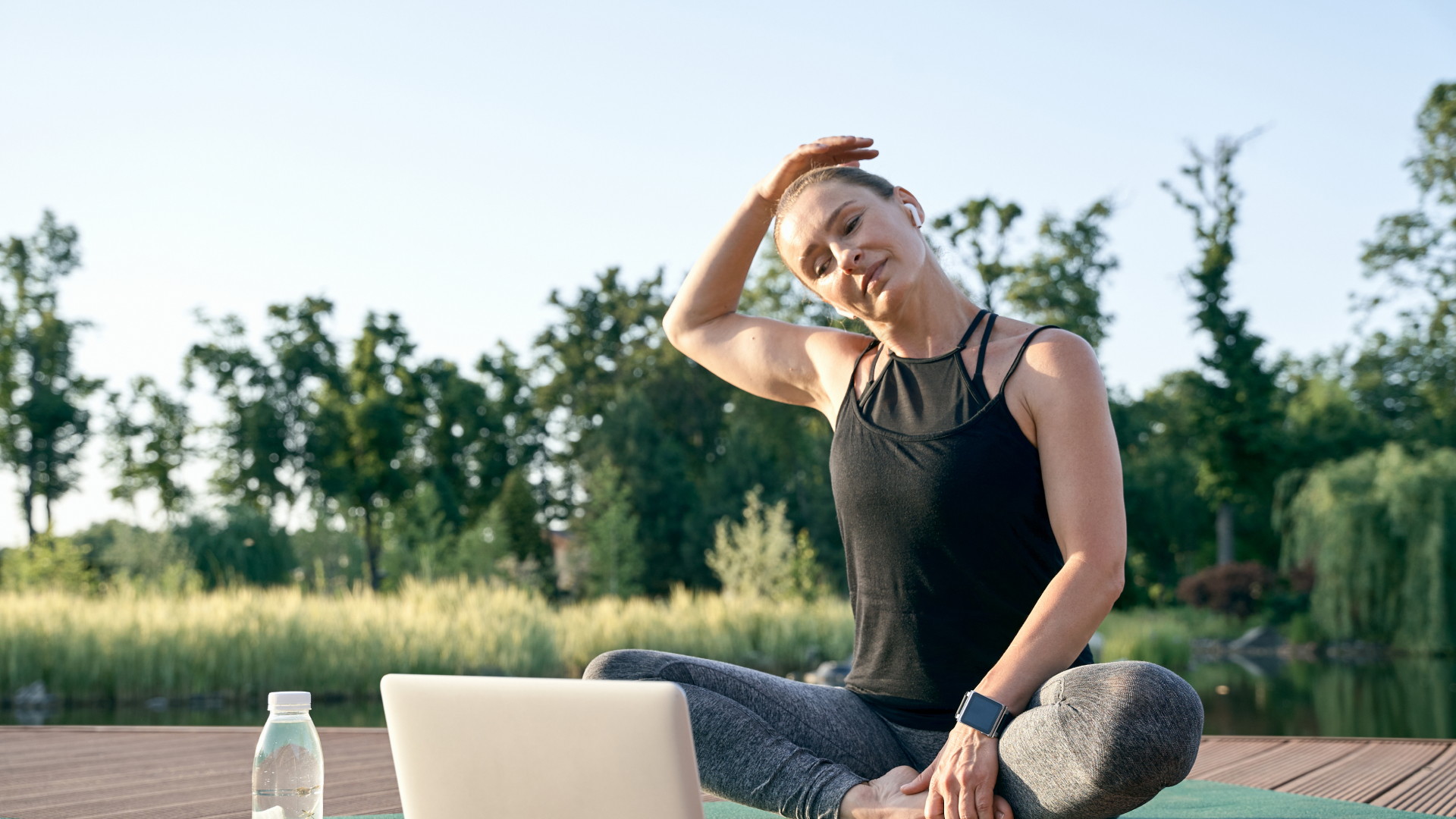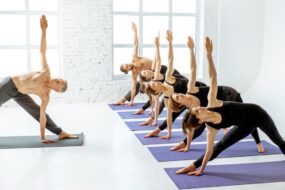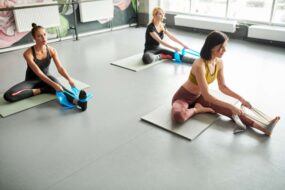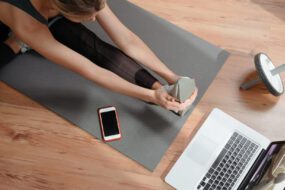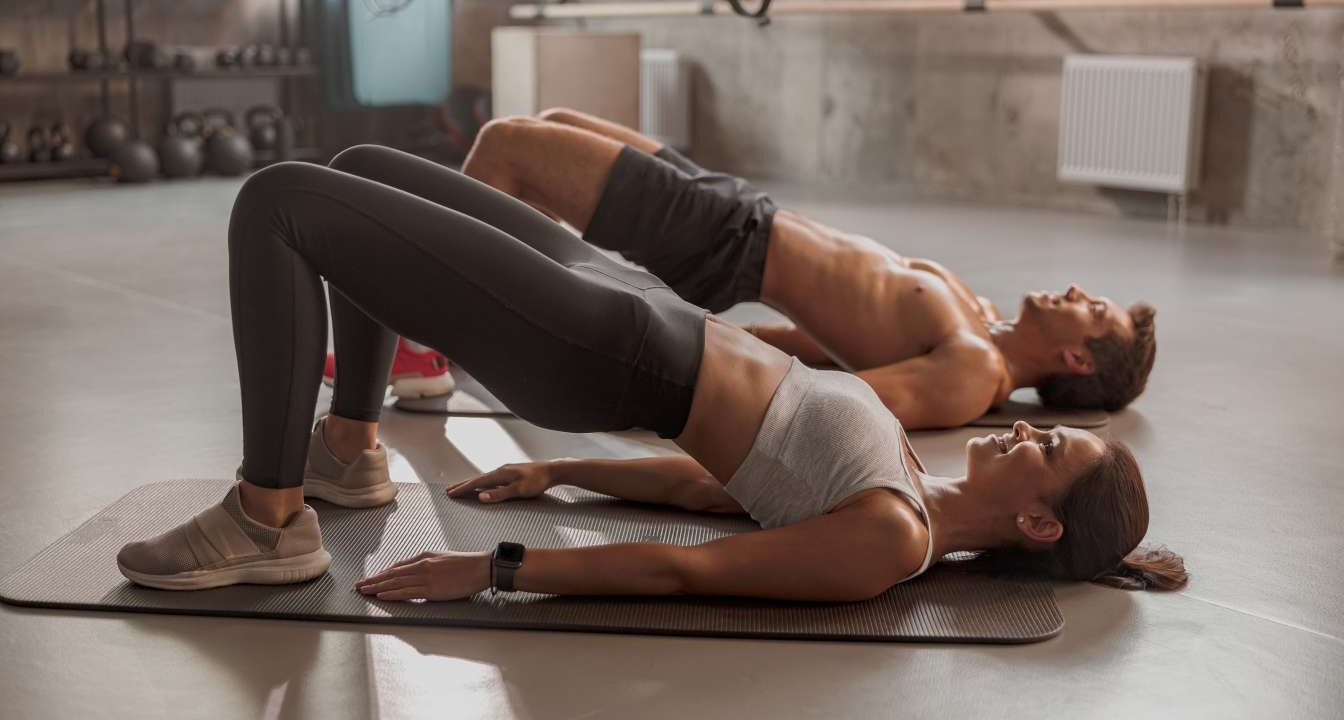
In the sector of fitness, glute bodily video games have received large recognition, and for appropriate purposes. Strengthening your glutes is going beyond just engaging in a peachy look; it contributes considerably to your everyday well-being. Let’s delve into the importance of incorporating glute sporting events into your fitness every day and discover some effective sporting activities for sculpting one’s effective muscle groups.
Importance of Strong Glutes
Benefits for Posture
Maintaining extremely good posture is critical for stopping injuries and promoting ordinary health. Strong glutes play a pivotal feature in supporting the spine, supporting you to stand tall, and decreasing the hazard of decrease again aches.
Role in Lower Body Strength
The gluteal muscular tissues, comprising the gluteus maximus, medius, and minimus, are the powerhouse of your lower frame. They play a key characteristic in sports activities like strolling, strolling, and leaping. Strengthening those muscle mass complements your lower body electricity, enhancing athletic overall performance and everyday sports activities.
Common Glute Exercises
Squats
Squats are a vital compound exercising that engages the complete lower frame, with a number one recognition on the glutes. Perfecting your squat form is essential for focused on and activating those muscle mass efficiently.
Lunges
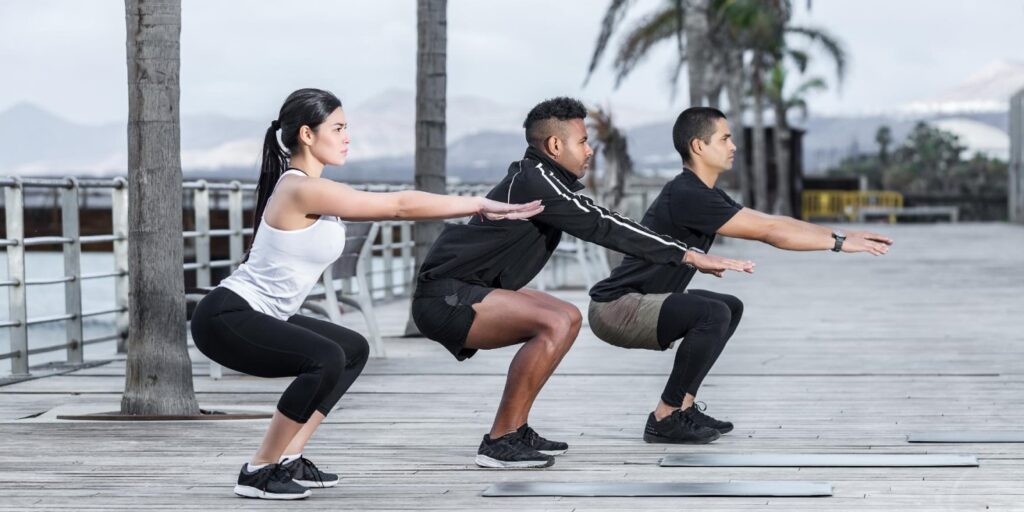
Lunges are versatile and can be tailored to various fitness tiers. They art work the glutes at the equal time as moreover appealing the quadriceps and hamstrings. Incorporate lunges into your routine for properly-rounded decrease frame development.
Deadlifts
Deadlifts are amazing for targeting the glutes, hamstrings, and reduce lower back. Focus on maintaining a impartial spine within the path of deadlifts to maximize glute activation and limit strain at the lower lower again.
Specialized Glute Workouts
Glute Bridges
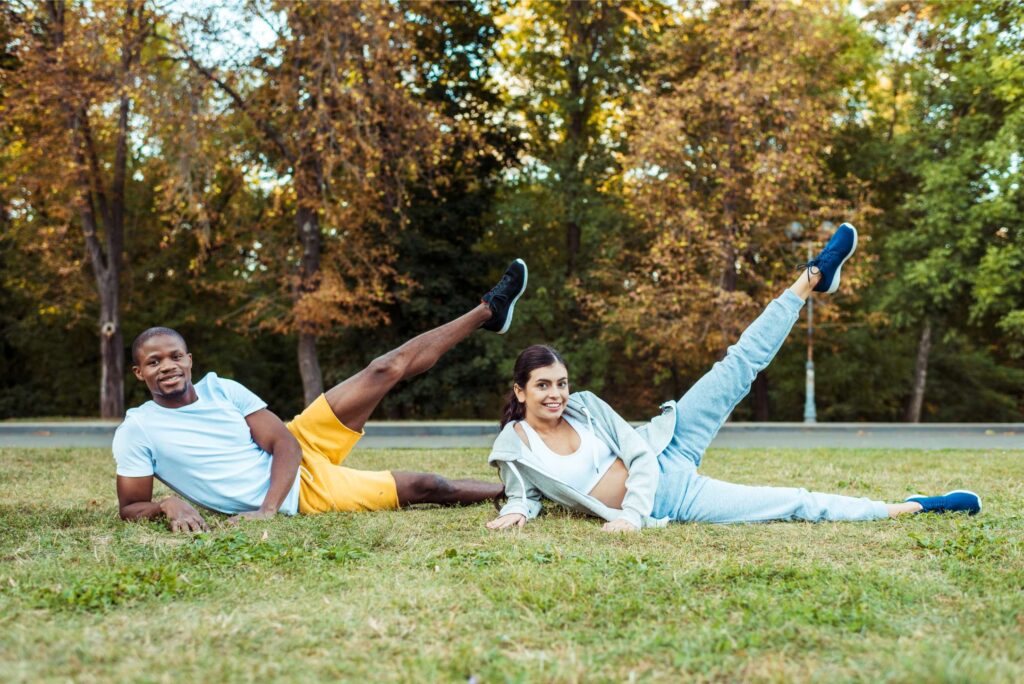
Glute bridges isolate and activate the glutes effectively. Lift your hips towards the ceiling, squeezing your glutes on the pinnacle of the motion. Add resistance for a similarly task.
Donkey Kicks
Donkey kicks target the glutes and sell balance. Get on all fours and kick one leg backward, retaining the knee bent. This dynamic movement activates the glutes and improves muscle manage.
Side-Lying Leg Raises
Target the medius and minimus with side-mendacity leg increases. Lift your pinnacle leg to the thing, enticing the issue of your glutes. This workout is useful for sculpting a properly-described hip area.
Incorporating Glute Exercises into Your Routine
Warm-Up
Before diving into glute physical sports, make certain a right warmness-up. Dynamic stretches and mild cardio boom blood go with the flow to the muscular tissues, making ready them for the exercising earlier.
Frequency and Duration
Consistency is key. Aim for as a minimum to a few glute workouts in line with week, taking into consideration good enough restoration between classes. Keep your workouts among 30 to 60 minutes, that specialize in tremendous over quantity.
Proper Form
Maintaining right shape is critical for stopping accidents and maximizing effects. Whether you are doing squats or donkey kicks, prioritize accurate method over heavy weights.
Challenges and Misconceptions
Avoiding Overtraining
While glute physical games are beneficial, overtraining can result in burnout and ability injuries. Allow your muscle companies to get higher, and range your exercising exercises to save you plateaus.
The Myth of Spot Reduction
Spot cut price, the idea of losing fat from specific regions, is a commonplace misconception. Focus on trendy fat loss through a aggregate of cardiovascular exercise and a balanced eating regimen.
Balancing Glute and Core Work
A robust center complements strong glutes. Incorporate middle sporting events to keep balance and stability, selling fundamental sensible health.
Equipment for Glute Workouts
Bodyweight Exercises
Start with bodyweight sporting activities in case you’re new to glute education. Squats, lunges, and bridges may be powerful without any device.
Resistance Bands
Add resistance bands to intensify your workout workouts. These low cost system provide regular anxiety, enhancing the effectiveness of glute sporting sports.
Free Weights and Machines
As you improvement, contain loose weights and machines for added resistance. Deadlifts and hip thrusts with delivered weight undertaking your glutes for boom.
Nutrition for Glute Growth
Protein Intake
Ensure an ok protein consumption to useful resource muscle growth. Lean meats, legumes, and protein-wealthy dairy are exquisite assets to fuel your glutes.
Carbohydrates and Energy
Carbohydrates offer the power desired for excessive exercise exercises. Include complex carbs like entire grains and fruits to your food plan to preserve your glute training lessons.
Hydration
Staying hydrated is critical for regular fitness and muscle feature. Drink sufficient water for the duration of the day to help your glute exercising exercises.
Tracking Progress
Measuring Strength
Keep song of your power improvement. Whether it is lifting heavier weights or appearing more reps, tracking your development allows you live motivated.
Visual Changes
In addition to strength, take note of seen modifications. A less assailable and rounder look indicates muscle growth, showcasing the effectiveness of your glute exercising routines.
Importance of Patience
Building strong glutes takes time. Be affected person and everyday together with your exercises, permitting your body to conform and grow frequently.
Glutes Exercises for Different Fitness Levels
Beginner Workouts
Start with fundamental physical games like frame weight squats and lunges. Gradually increase depth as your power improves.
Intermediate Challenges
Incorporate resistance bands and free weights for brought problem. Experiment with one-of-a-kind versions to hold tough your glutes.
Advanced Techniques
For superior fitness fans, discover advanced bodily video games like unmarried-leg squats and weighted hip thrusts. These movements offer an excessive stimulus for muscle increase.
Real-Life Success Stories
Discover the inspiring trips of folks that converted their our bodies via dedicated glute training. Their memories characteristic motivation for every person trying to embark on a similar fitness adventure




